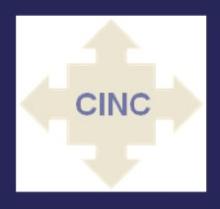Australia Examines Telehealth Benefits from National Broadband Network
As Australia rolls out its National Broadband Network (NBN), an open access mostly FTTH network that will connect 90% of the population (with most of the rest connected with high capacity wireless), it is exploring telehealth opportunities:
“Expanding telehealth services to older Australians still living in their own homes will help health professionals identify potential health problems earlier, reduce the need for older Australians to travel to receive treatment and increase access to healthcare services and specialists.”Australia has recognized that the private sector will not meet the needs of its businesses and residents and is therefore investing in a next-generation open access network and seeking ways to maximize its social benefits. Israel appears poised to follow Australia's lead. And what is happening in the US? Well, AT&T admits that DSL is dying, has stopped expanding its supposed next-generation product, and is working state legislatures to prevent others from building the needed networks. SNAFU.



